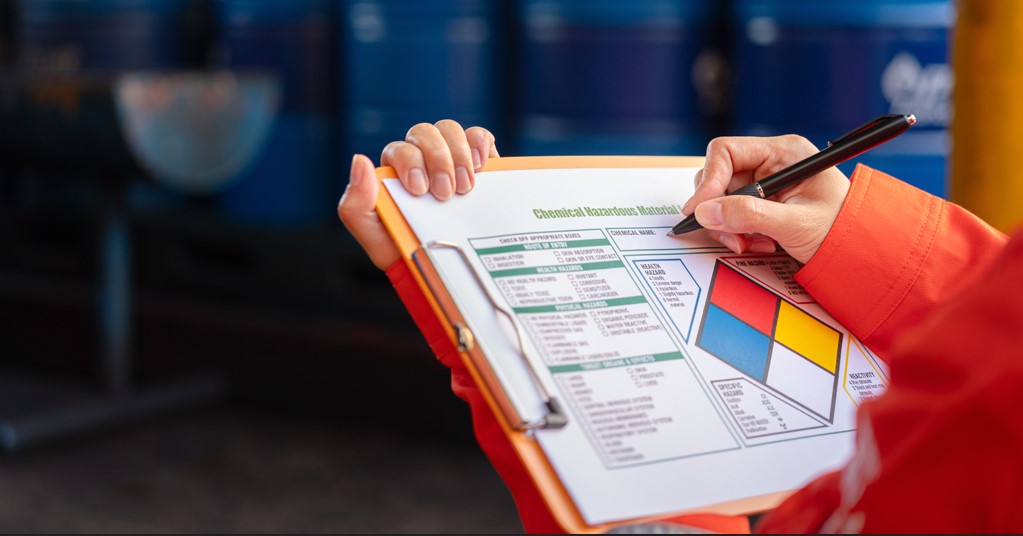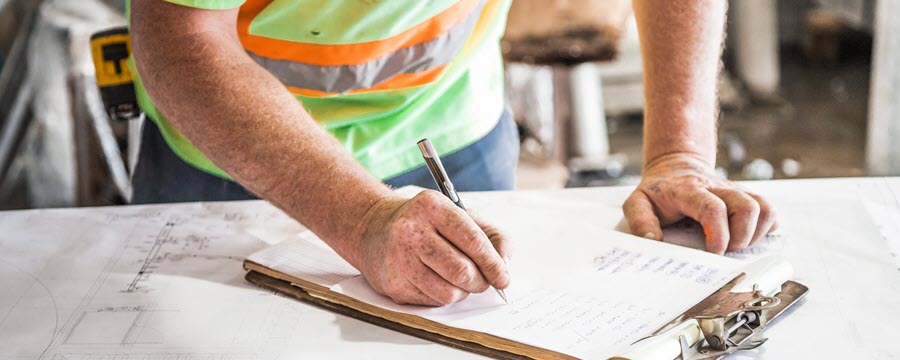
Sensors, Virtual Reality Among Top OHS Technology Trends

Connected “smart” devices have changed the way people live, and now connectivity between workers and work spaces is a top OHS technology trend in occupational health and safety. This according to a Canadian Occupational Safety recap of an executive forum at the National Safety Council’s annual conference in Houston in October.
Here’s a brief look at how technology is changing the world of workplace safety:
- Sensors can track worker and equipment movements to identify near-misses and alert vehicle drivers when they enter a safe zone.
- 3D printing is being used to create site-specific tools and handles to quickly address ergonomic concerns.
- Wearables that sense worker fatigue or posture can help improve employee health and safety as well as identify potential hazards.
- Collaborative robots with sensor technology work safely with employees in varied environments.
- QR codes placed on equipment let workers scan the code to receive relevant safety training or lockout/tagout information.
- Virtual reality has many applications for employee training, including gamification for younger workers.
Technical innovations beyond this list that can have a positive impact on worker safety include new materials for PPE, check-in systems, drones, artificial intelligence and even autonomous vehicles. Introducing new technology to your safety program can be challenging, but it also offers many new opportunities for improved results.

